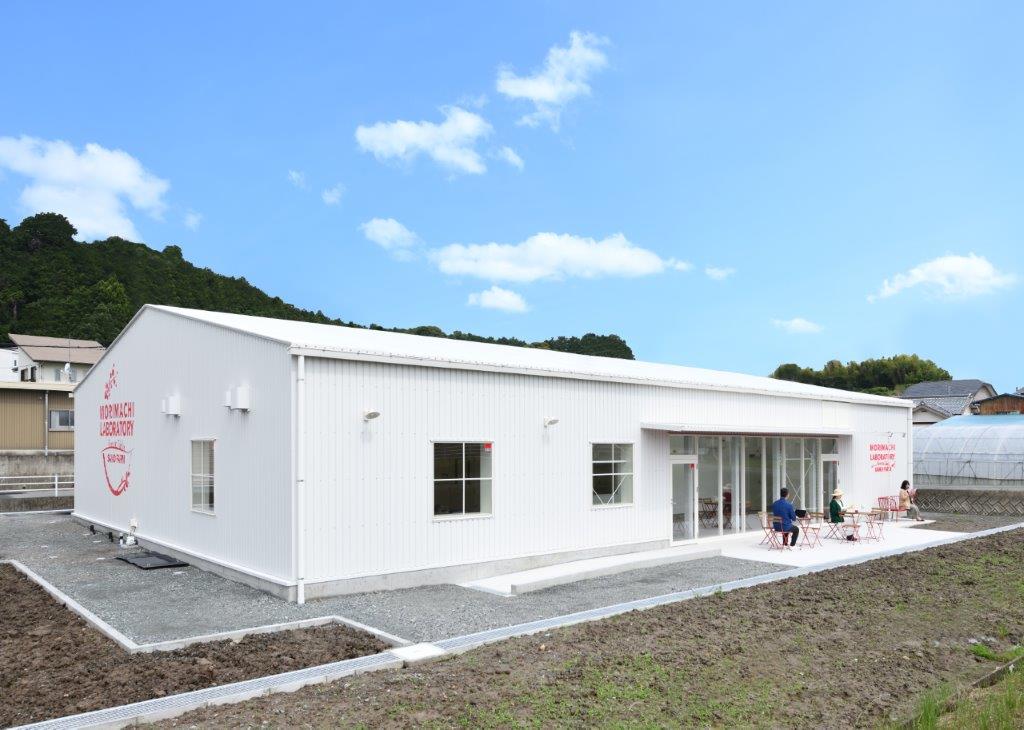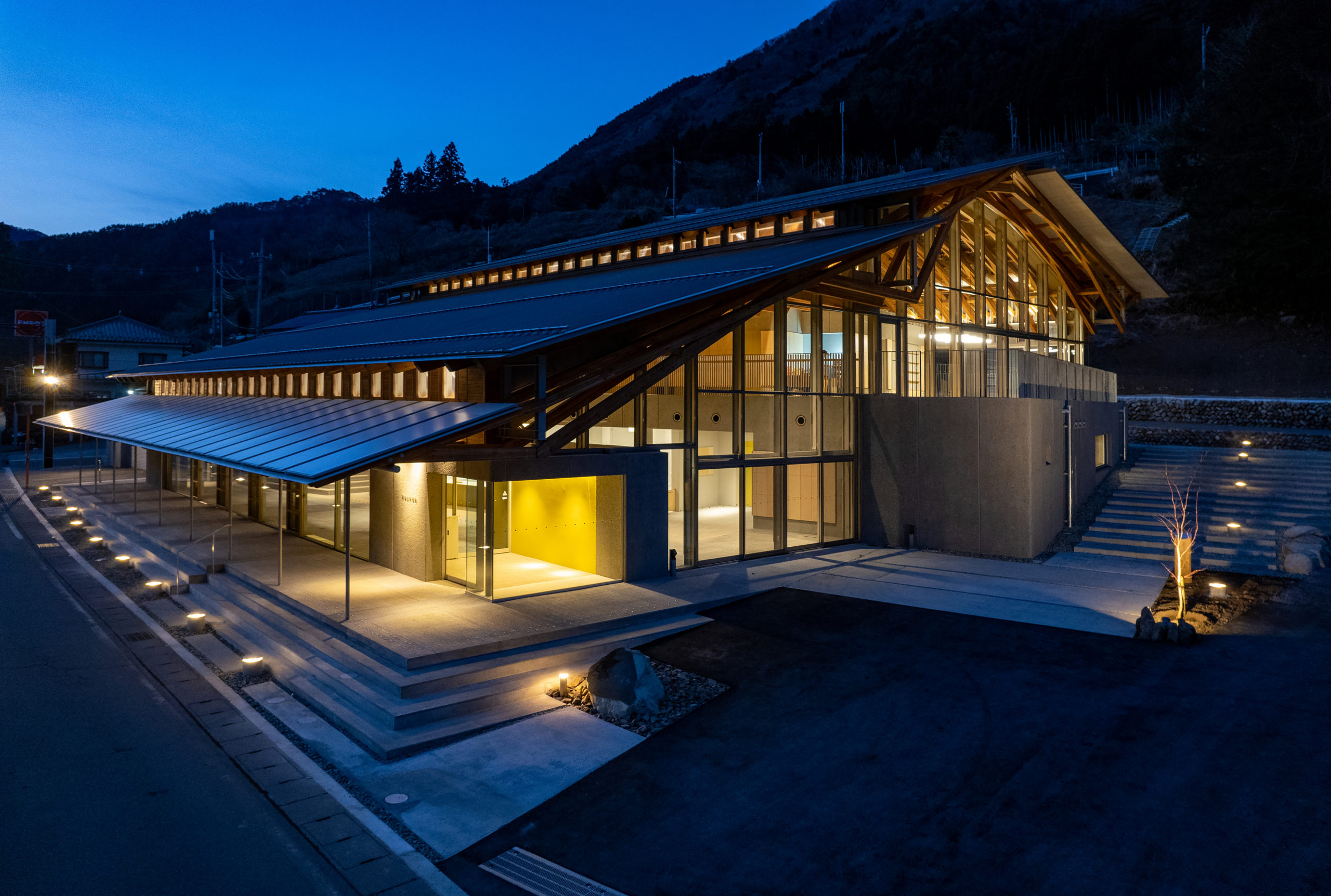

MakMax Plus
Revolutionizing the future of electricity supply. This project combines solar cells and membrane materials to create a revolutionary product.
2024.03.13
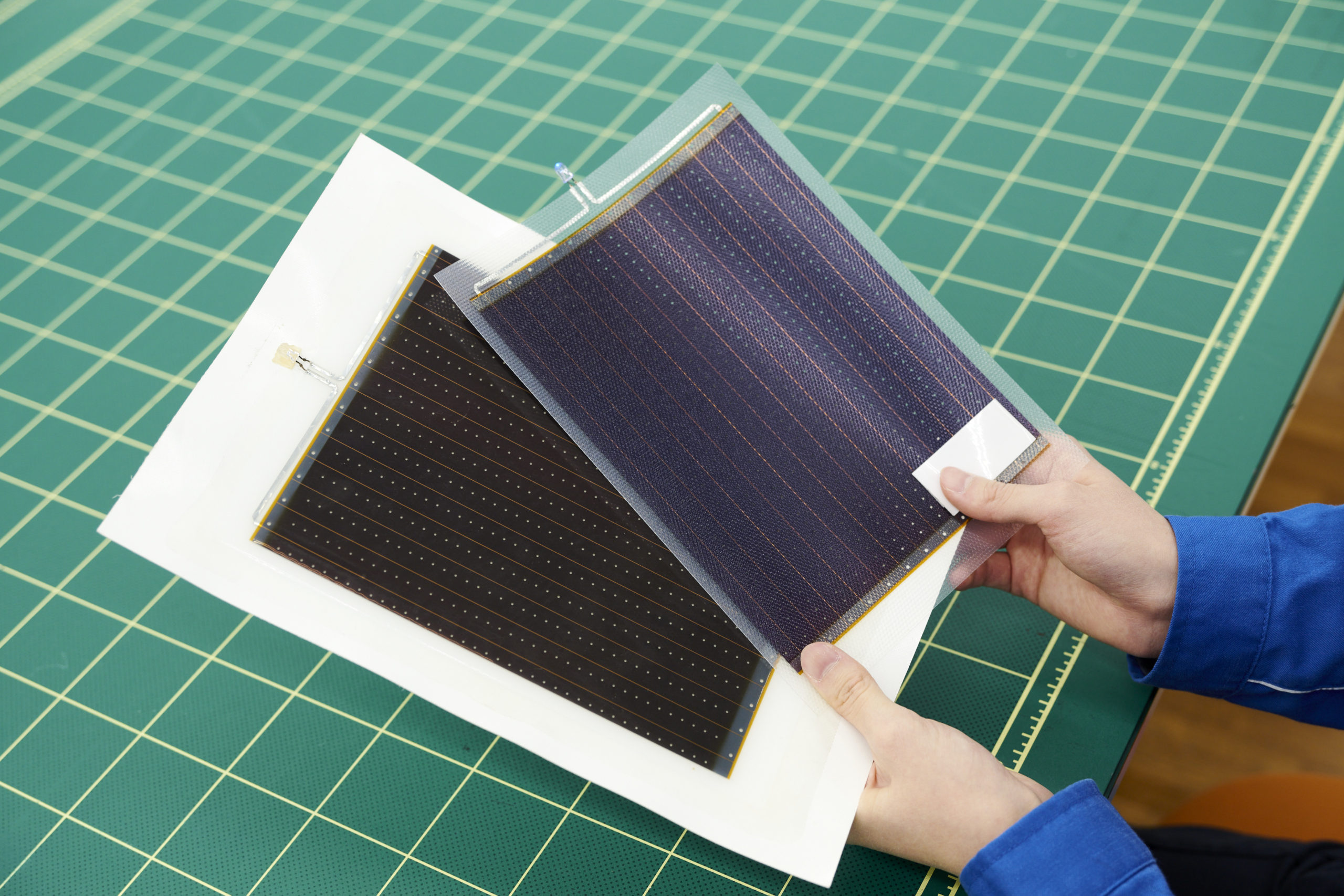
Amid a worldwide focus on environmental preservation,
What is the mission of Taiyo Kogyo as a leading company?
What we are working on is a project to develop products by integrating solar cells and membranes.
If successful, the electricity supply system will be transformed,
It will open the door to a renewal of environmental protection.
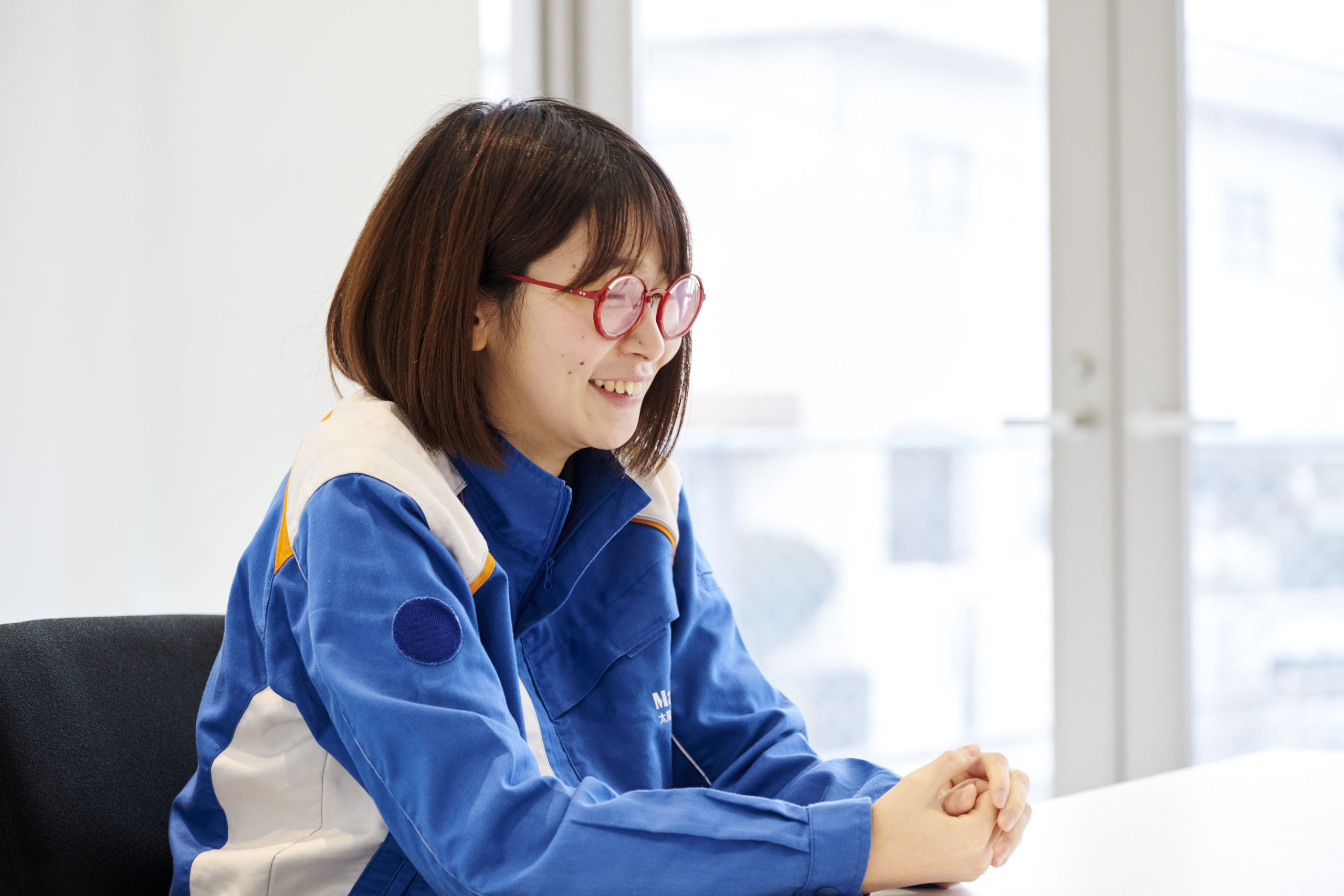
中川原 英亜(なかがわら えあ)
技術研究所 2021年入社
Into unexplored territory,
Challenge with enthusiasm and effort,
Pioneering the environment of the future.
Harmonizing with the environment by integrating solar cells and membrane materials
Eia Nakagawara (“Nakagawara”) is passionate about product creation.
She was entrusted with this mission, even though she had been with the company for only four years (at the time of the interview),
He continues to take on the challenge.
With passion, hard work and unwavering determination,
We are overcoming each challenge one by one.
Nakagawahara:
In 2021, I joined Taiyo Kogyo to make a fresh start as a member of society. Currently, I am a member of the Technical Research Institute, where I am fully committed to the development of new future-oriented products and technologies in collaboration with our partner companies. My goal is to build a sustainable future through the development of carbon-free products with an emphasis on global environmental friendliness and the promotion of recycling and reuse. In particular, I am focusing on the approach of installing solar cells on membrane roofs, and am working hard every day in research and practice to establish this approach.
Membrane is a material with soft and fluffy properties. Conventional solar panels, on the other hand, are heavy and hard and are usually installed on concrete roofs. We, however, want to turn that conventional wisdom on its head. We are researching methods to combine flexible membrane roofs with soft film solar cells.
This effort is an important step toward the development of new energy technologies. Continuous research and effort are essential. This is because the development of solar cell related products is not something that has just begun, but has existed since before I joined the company and has been a topic of long-term study at Taiyo Kogyo.
Although we often found it challenging, our efforts nonetheless generated a renewed interest, passion, and ambition for the combination of solar cells and membrane structures. I was convinced that the realization of this development would revolutionize the power supply and make a commensurately large contribution to our planet. Encouraged by the advice of my seniors, I took the first step toward my new dream.
This project is to add power generation capabilities to membrane structural buildings. It will allow us to effectively utilize previously unutilized building roof and wall area to increase power generation capacity. This is a major advantage.
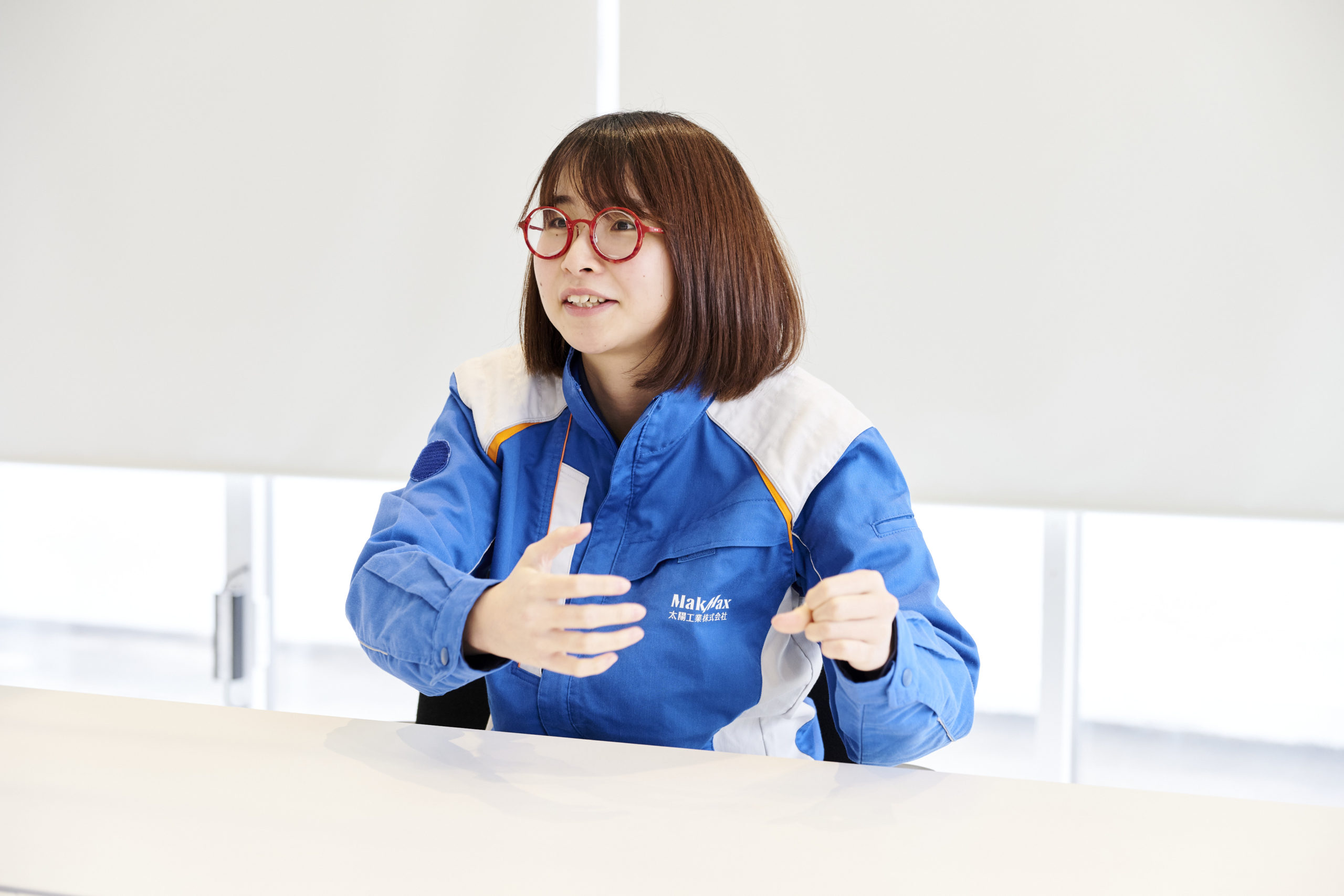
Membrane roof and solar cell innovations contribute to a decarbonized society.
Pursue the possibility of zero-energy buildings.
Toward decarbonization and the SDGs, Nakagawara is working with solar cells and
He is passionate about technological innovation that integrates membrane materials.
The goal is to take advantage of underutilized space,
To build a zero-energy future that generates energy for everyday life.
It is a new challenge, from supplying power in times of disaster to daily self-sufficiency.
Nakagawahara:
In these days of environmental concerns such as decarbonization and the SDGs, it is important for us to know how technologies that combine membranes and solar cells can contribute. Various methods are already being studied.
It is true that film solar panels are not necessarily superior to rigid crystalline panels in terms of power generation efficiency.
However, technological advances have made it possible to combine special membranes and solar cells to generate electricity by utilizing unused space in buildings. With this method, it is hoped that it will be possible to realize “zero energy houses” or “zero energy buildings,” in which the building provides all of its own power needs and does not need to buy energy from outside sources.
We also expect to be able to supply power in the event of a disaster. For example, if power supply can be provided on a building-by-building basis, it will be possible to supply power on the spot in the event of an earthquake. Solar power generation may not be able to supply power on a large scale like thermal power generation, but even if the supply is small, just providing power for cell phones, radios, etc. would be a great advantage. One ideal situation would be for evacuees to be able to easily recharge their batteries at public facilities so that they will never run out of information.
In researching solar products, we found another company offering a break area with solar panels. There was an initiative to install power ports there and allow people to charge their batteries at will. I found that idea very good and would like to refer to it.
We have a revolutionary hybrid air tent product called the McQuick Shelter, which can be quickly and easily set up simply by inflating a tube. It can be quickly and easily set up and compactly stored in the event of an emergency or disaster, making it ideal for a wide range of applications, including disaster response headquarters and first aid stations. We have also studied in the past the installation of film solar cells along its wall surface
Additionally, we are considering incorporating them into wall surfaces and exteriors. By mounting solar cells in such locations, a larger area can be used for solar power generation, expanding the potential for energy collection.
Another advantage is that membranes are much lighter than larger panels, allowing for quicker installation in areas that have been difficult to install due to their weight. The membrane roof is a symbol of this, and if realized, would lead to a more stable energy supply in various locations.
These efforts are critical to the evolution of more sustainable energy and the development of new energy sources beyond what is envisioned. Lightweight solar technologies can contribute greatly to energy efficiency in buildings and infrastructure, and contribute to the development of environmentally friendly energy solutions for the future. This is the path that Taiyo Kogyo should take as a leading company, and its importance is immeasurable.
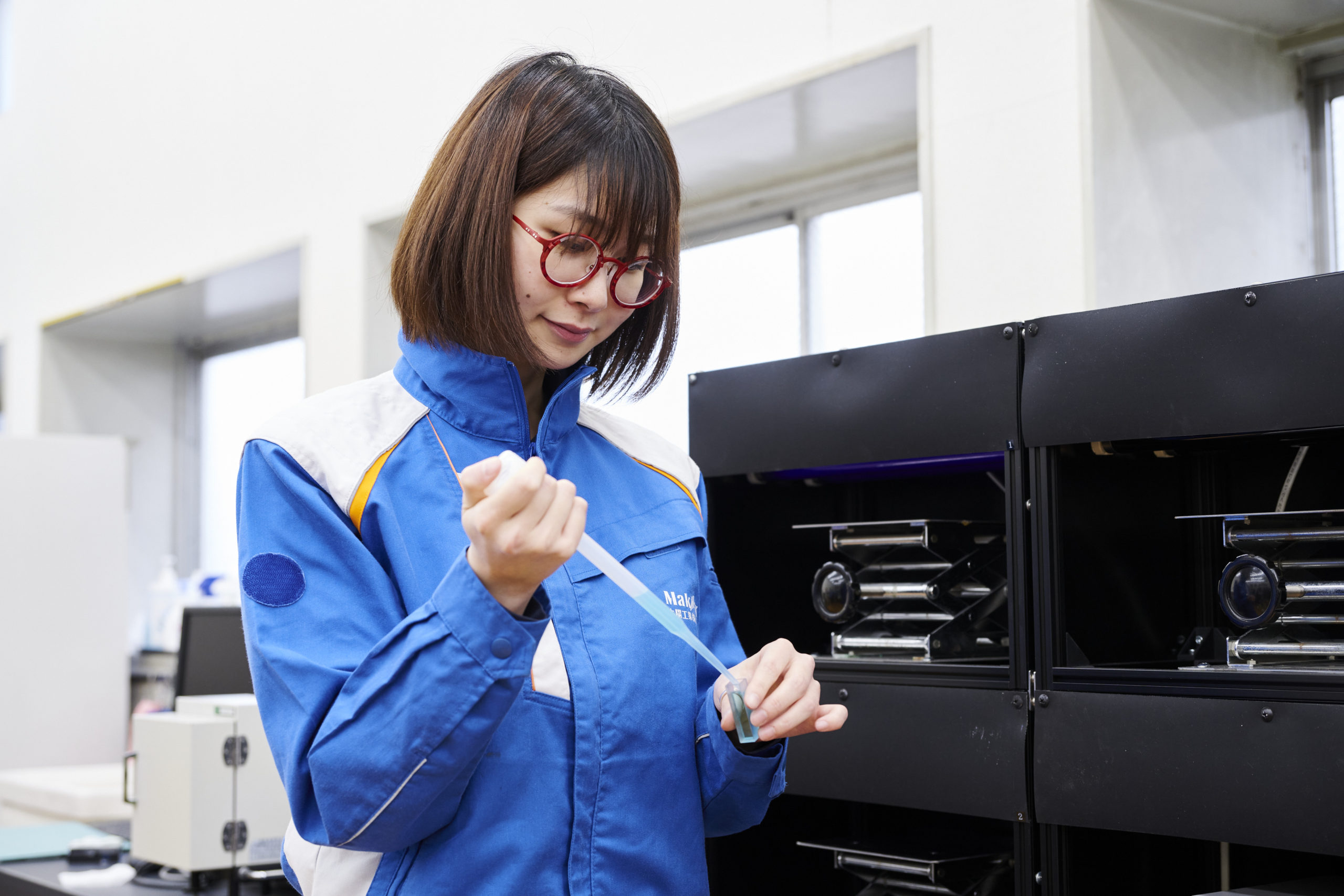
The challenge of improving the flexibility and efficiency of solar cells.
Evolving future energy with passion and team cooperation.
Tackling the challenge of improving flexibility and efficiency
Nakagawara aims to revolutionize the way to sustainable energy.
The road to completion is still halfway there.
Supported by the advice of passionate and experienced seniors,
We continue to look to the future.
Nakagawahara:
Research to increase efficiency while maintaining the flexibility of solar cells is important. While film solar cells are resistant to bending, they are weak in tension, so combining them with flexible films is a challenge. Increasing the efficiency of film solar cells will have a significant impact on the environment and power supply, enabling more efficient use of solar power. This will lead to a more sustainable energy supply and more effective use. That is why I look forward to future research advances that will improve our energy supply while minimizing our environmental footprint. I believe that this progress will make a significant contribution to environmental protection and energy efficiency.
In my daily research, despite the many challenges I face, I maintain a positive attitude and am actively engaged in a wide variety of tasks. As a working professional, I work on several projects related to the development of solar cells at the same time, and work hard to manage progress in collaboration with different departments and companies.
Despite our busy schedule, we are supported by our experienced seniors, and through regular progress reports, we are able to set the direction of the project and solve problems. Under the guidance of our seniors, we have been able to steadily move forward with the project. However, there are times when I feel discouraged and depressed. At such times, the words of encouragement from my seniors, “We need your help,” are a great motivator for me. I also cherish my private time, sometimes refreshing myself with karaoke to have fun and change my mind. While dealing with daily struggles and various emotions, I try to maintain my motivation.
Through these experiences, I feel that I have played an important role in the development of products that combine solar cells and membrane materials and am making steady progress toward achieving my goals. With the support of those around me and my own efforts, I hope to contribute to the realization of environmentally friendly energy solutions.
We are working hard every day to be able to start selling products next year or the year after. Currently, we are just at the starting line. We are gradually consolidating the outer moat, and at the same time, we are progressing with technical considerations.
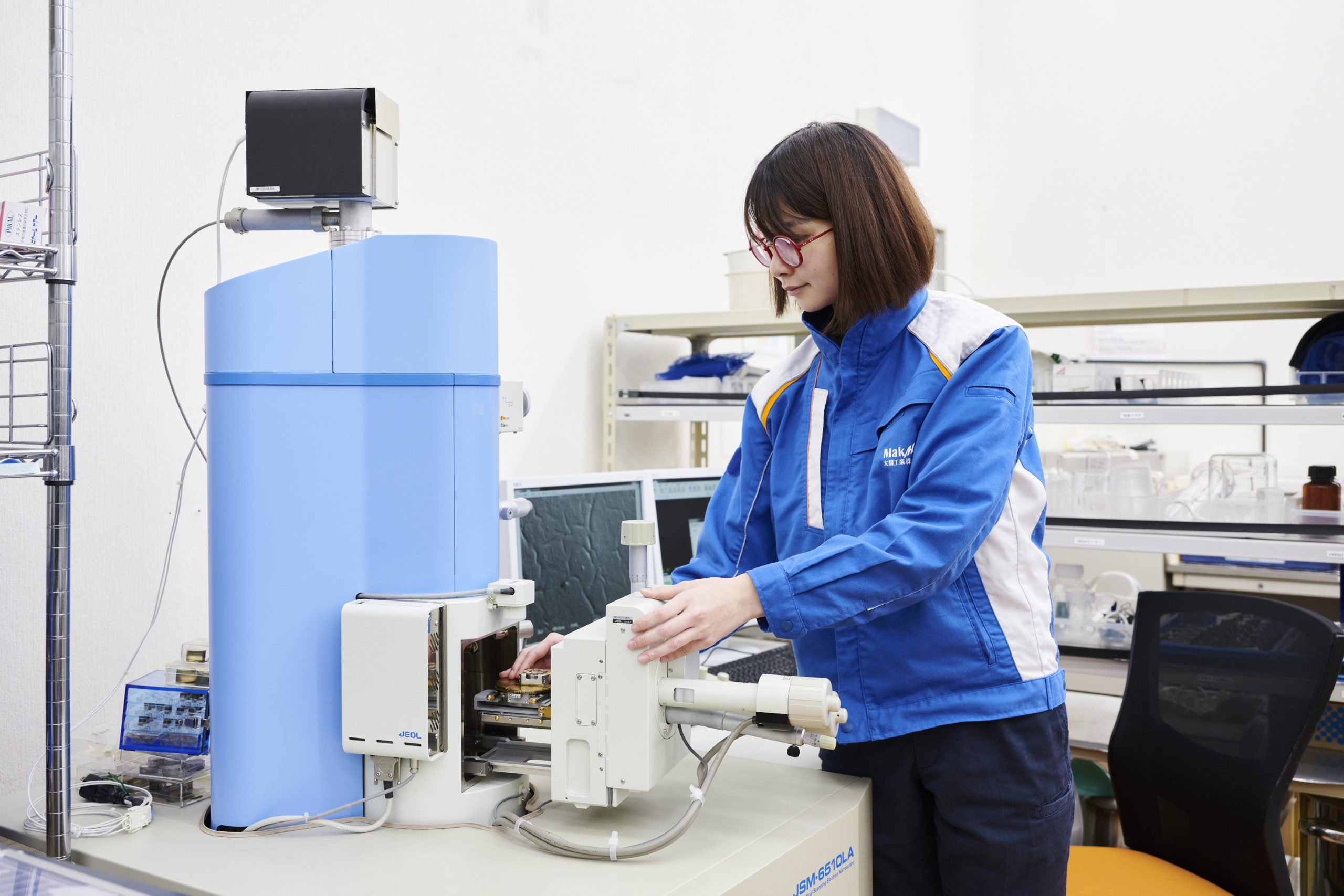
While evolving technologies that are responsible for change
Deepen learning and promote personal growth.
Nakagawara strives to obtain further knowledge and technology through his research on solar cells.
Knowledge shared in workshops, management and improvement of equipment,
Team cooperation motivates and accelerates growth.
The challenge continues to delight in an environment that allows for challenge, which is the corporate culture of Taiyo Kogyo.
Nakagawahara:
Not limited to solar cell research, our company has a vast amount of information and technology that we have accumulated over the years. In order to make the most of them, I need to acquire knowledge and skills on my own through practice. As part of this effort, I actively participate in study groups hosted by my seniors in other departments.
At the study sessions, senior employees who have honed their skills over many years at Taiyo Kogyo lecture us on their knowledge of membrane materials. Through these experiences, I learn a common language shared throughout the company and realize the importance of knowledge permeating the entire organization.
This study group is conducted online and meets twice a week. About 40 employees participate in each session, learning and growing together.
We work on development as a team, and our team has many experienced people, which is reassuring, and we have members who are eager to take on challenges. Moreover, each of them has the ability to promote the theme, and I would like to cultivate the ability to promote development like everyone else.
In fact, even before I joined the company, during company information sessions and interviews, I felt that Taiyo Kogyo had a corporate culture that provided an environment conducive to challenge, and I was attracted to that, which was a deciding factor in my decision to join the company.
Although I have not yet been able to do some of the things I had hoped to challenge myself to do, our company culture is rooted in encouraging challenges. Not only in the development field, but also in a wide range of initiatives, such as the 100th anniversary project, that are being actively promoted. I am a little overwhelmed by the leadership and activities of my colleagues who have the ability to drive the company forward, but at the same time, I am happy to be in such a blessed environment.
Having unachieved goals is a motivating factor for me, and I see it as an opportunity to grow and prepare for new challenges. Along with our challenging corporate culture, we will continue to take on new challenges and accumulate achievements.
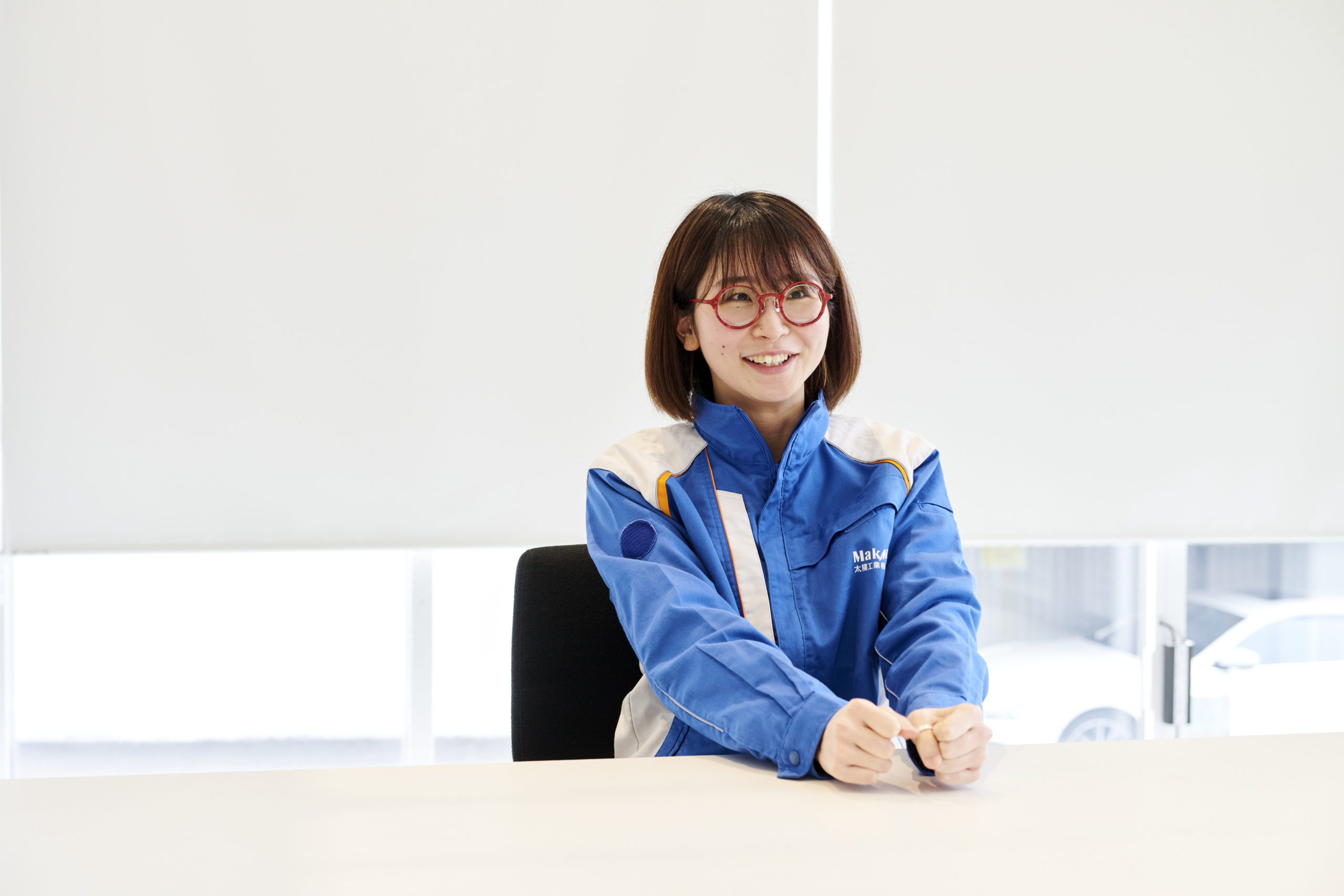
Related Articles
- TOP>
- MakMax Plus>
- Revolutionizing the future of electricity supply. This project combines solar cells and membrane materials to create a revolutionary product.






